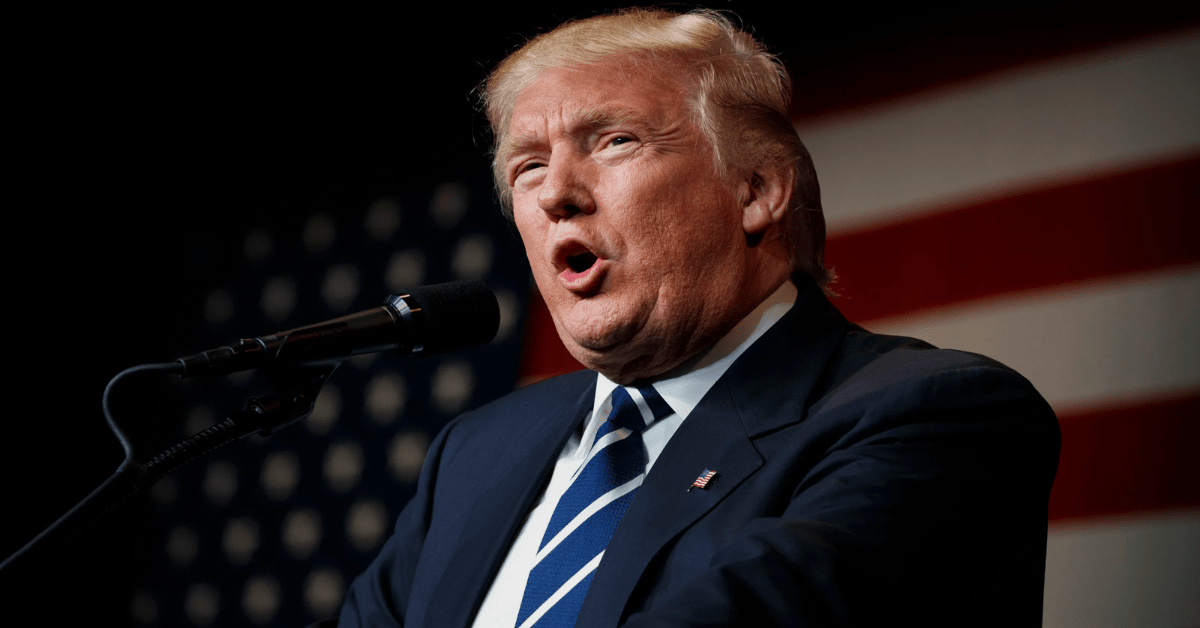On November 5, 2024, tens of millions of Americans will head to the polls to cast their votes in one of the most closely watched elections in the world. This election could significantly impact not only the United States but the global stage, influencing economies, climate policies, and international relations. But how exactly does the U.S. election work, and why has it drawn both domestic and international attention?
The Path to the Presidency: The Basics
Every four years, Americans participate in a process that determines their president and vice president. The journey to election day begins long before the first votes are cast, with primary elections and caucuses held across all 50 states. Here, the two major political parties—the Democratic Party and the Republican Party—select their candidates through a series of state-by-state contests.
In 2024, the Democratic candidate is Vice President Kamala Harris, who took the mantle after President Joe Biden chose not to run for re-election. On the Republican side, former President Donald Trump is making another bid for the White House. After months of campaigning and urging early voting, both candidates will soon see the results of their efforts as voters prepare to make their voices heard on November 5.
The Electoral College: A Unique System
The U.S. presidential election isn’t decided by the popular vote alone. Instead, it relies on a system called the Electoral College, which has been in place since the Constitution was drafted in 1787. This system allocates a set number of electoral votes to each state based on its representation in Congress. There are 538 total electoral votes, and a candidate needs at least 270 to win the presidency.
In most states, the candidate who wins the majority of the popular vote takes all of that state’s electoral votes—a winner-takes-all approach. However, Maine and Nebraska use a proportional system, awarding their votes based on both statewide and district-level outcomes.
Critics of the Electoral College argue that it allows for a scenario where a candidate can lose the popular vote but still win the presidency. This has happened five times in U.S. history, most notably in 2000 and 2016. Supporters of the system claim it prevents the dominance of highly populated areas, while opponents believe it dilutes the principle of “one person, one vote.”
The History and Controversy
The Electoral College was born out of compromise during the 1787 Constitutional Convention. It was designed to balance power among states of varying sizes and populations, considering the political complexities of the time, including the infamous three-fifths compromise. Southern states, where enslaved people made up a significant portion of the population, were granted disproportionate influence without granting those populations voting rights. The system, while adjusted over time, has retained its basic structure.
Efforts to abolish the Electoral College have been ongoing for over two centuries. From early proposed amendments to near-success in the late 1960s when a national popular vote plan stalled in the Senate, change has always been contentious. Today, the National Popular Vote Interstate Compact represents the most significant push for reform, with 17 states and Washington, D.C., agreeing to award their electoral votes to the winner of the popular vote once enough states join to reach 270 electoral votes.
The Power of Swing States
In every election, a few states hold outsized influence due to their unpredictability—these are the “swing states.” In 2024, states like Pennsylvania, Michigan, Georgia, and Arizona are critical battlegrounds. Candidates focus much of their campaign time and resources on these states, as winning them could determine the outcome of the election. Demographic changes and shifting political priorities mean that the list of swing states can evolve over time; for example, Ohio and Florida were once competitive but have leaned more Republican in recent years.
Why This Election Matters
The 2024 election comes at a time when the U.S. and the world are grappling with significant challenges. The World Economic Forum’s 2024 Global Risks Report highlights the dangers of societal polarization, defined as growing ideological and cultural divisions. This polarization is seen as a major threat to political stability, decision-making, and economic growth. The U.S., like many nations, is navigating a path through these divisive times, and the election results could either deepen or begin to bridge these divides.
Moreover, voter turnout has been on the rise, with a record 158 million Americans participating in the 2020 election, representing 65.9% of the voting-age population. This trend suggests that Americans are more engaged and aware of the stakes than ever before.
The Long Road Ahead
Once the ballots are cast and the initial results come in, the process continues. State electors will meet in December to officially vote for the president and vice president. Congress will certify the results in January 2025, and the next president will be inaugurated on January 20, 2025.
The U.S. election process, steeped in history and debate, may be complex, but it remains a powerful symbol of democracy. As Americans prepare to vote, the eyes of the world will watch closely, understanding that what happens on November 5 will ripple far beyond the borders of the United States.
